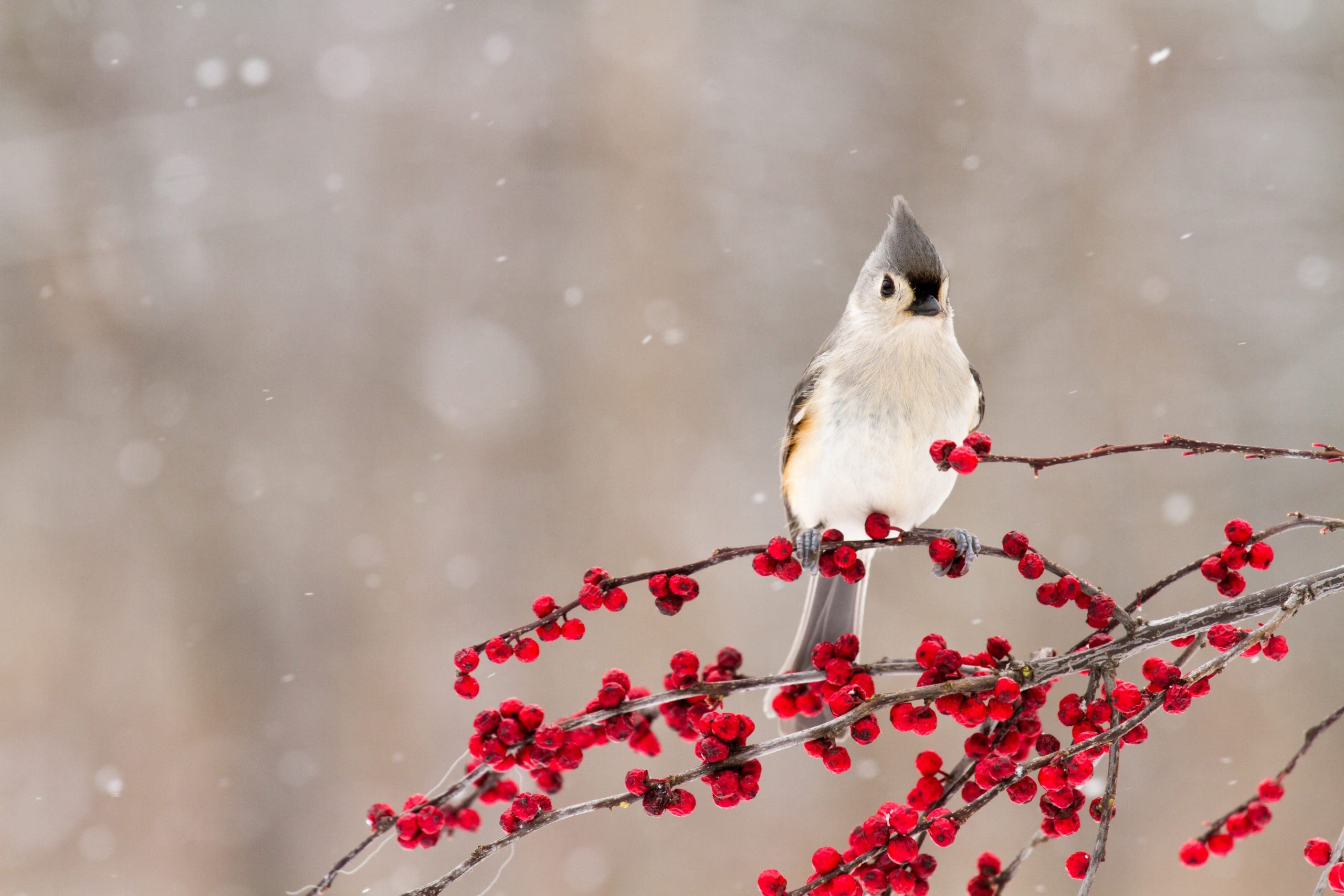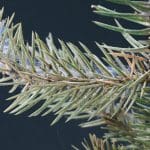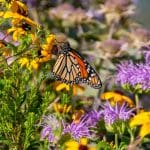
If you have clients who delight in bird watching, you can aid their enjoyment of this hobby by crafting a landscape that attracts and protects birds during the colder months.
Like all living creatures, birds need food, water and shelter during the winter. You can help provide these elements in a variety of ways.
Food
Certain birds can lose about 10 percent of their body weight every night as they expend energy to stay warm. The shorter winter days mean birds have less time to forage and in most parts of the country, insects are off the menu as they are hidden and hibernating.
The most obvious way to feed birds in the winter is through various feeders. However, these should be a supplement to native plants that provide winter fruit and seeds for birds.
“Even a regular feeder bird like the chickadee has been found to visit feeders for only 21% of its food, preferring the food offered by native plants and insects for most of its diet,” Mariette Nowak, author of Birdscaping in the Midwest: A Guide to Gardening with Native Plants to Attract Birds tells the Milwaukee Journal Sentinel.
Some of the different berry-bearing plants you can add to your client’s landscape include winterberry holly, Oregon grape holly, snowberry, arrowwood viburnum, carpet juniper, Virginia creeper and red chokeberry.
Depending on the type of birds your client prefers to attract will determine which native plants to focus on. For instance, blue jays are attracted to winterberry holly, while pine siskins like snowberry.
You can also provide seeds by leaving seed-bearing plants standing during your winter cleanups. Natives like coneflowers, hyssop, aster, black-eyed Susans, goldenrod, and cosmos all have seedheads that can be a source of food for birds over the winter.
Shelter
Having places to shelter from both the weather and predators is another essential need for birds. Different species of birds have various preferences, so it’s best to have a diversity of plant material that allows them to select the right space for them. For example, low-growing shrubs are ideal for ground-feeding birds.
To help birds save their energy, you can also create spaces that block the wind. Evergreens, in particular, are good for wind cover.
“They offer an excellent drop back to your feeding area and if placed to block the prevailing winds (generally from the west and north), they can protect feeding birds as well as reduce heating costs for your home,” Nowak says. “Brush piles can provide additional shelter and can be made simply by piling up branches from pruning woody vegetation in your yard.”
Leaving leaf litter in certain parts of the landscape can also be beneficial as some birds forage on the ground for insects and their eggs.
Water
It can be easy to overlook, but providing a dependable source of fresh water during the winter can keep birds visiting your client’s backyard regularly.
You can install a heated birdbath to prevent the water from freezing over during colder days. Birdbaths should be no more than three inches deep. Add stones or branches in the birdbath so they can drink without getting wet.
Be mindful of the placement, as the water shouldn’t be in a location where predators can wait and be able to ambush the birds.




